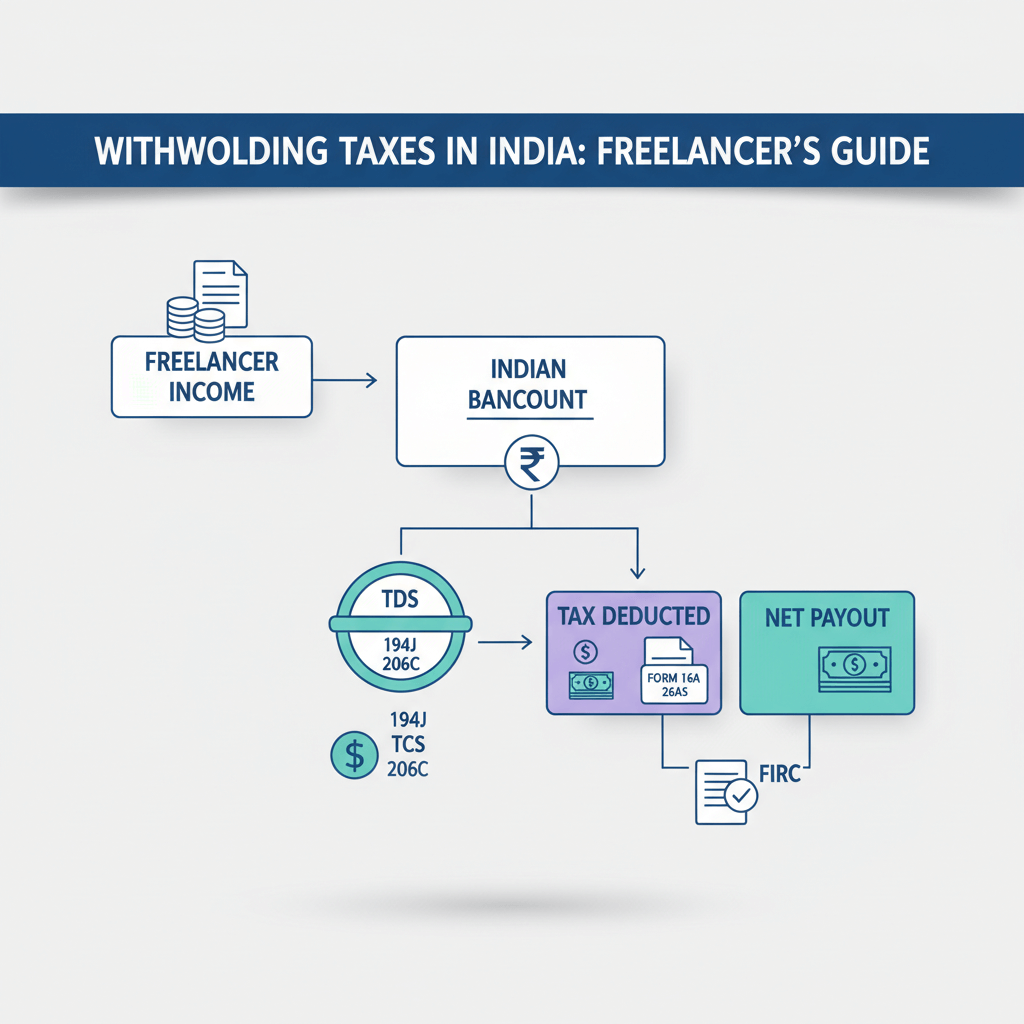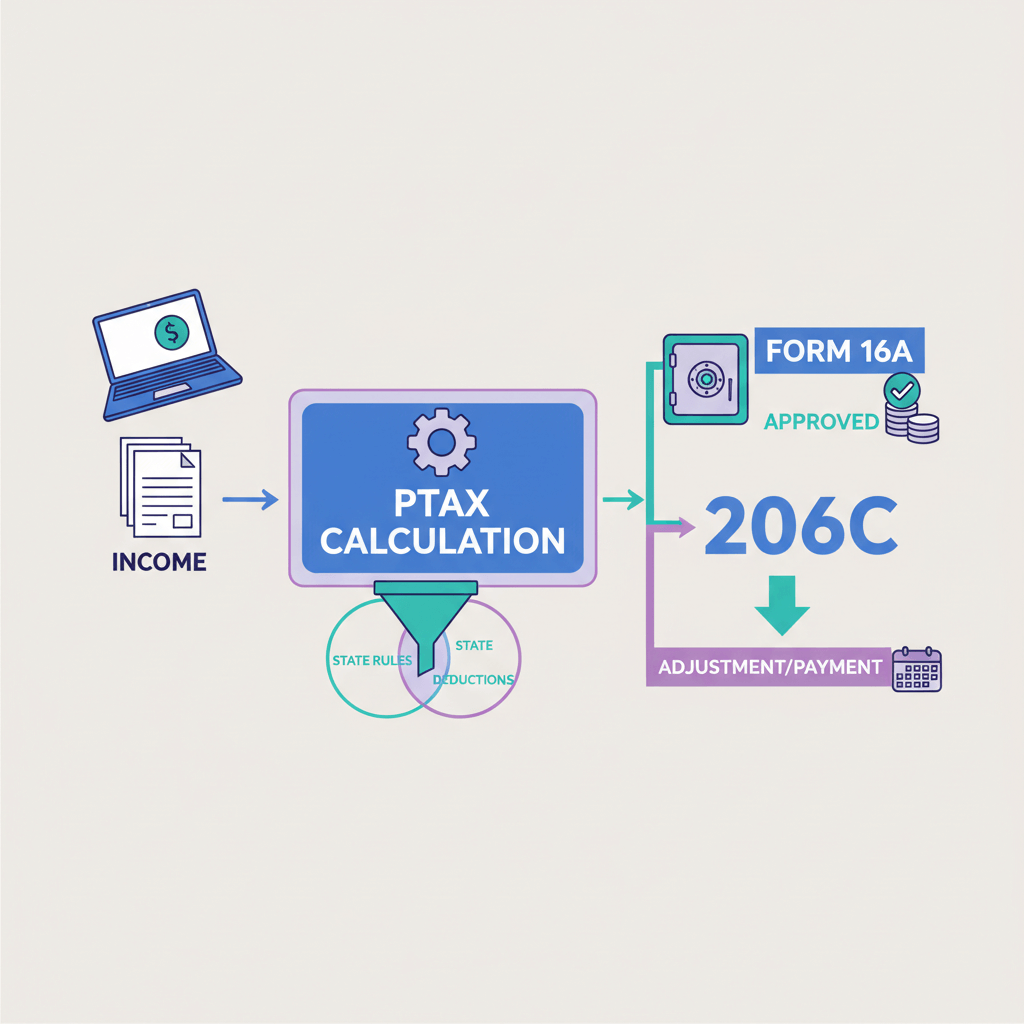What is a SWIFT MT103 document used for?
A SWIFT MT103 document is a standardized form used in international banking for transmitting payment details between financial institutions. Here’s a closer look at its purpose and functions:
- Facilitating International Payments: The main function of an MT103 message is to execute international wire transfers. It contains all the essential information needed to move funds from one party to another across different banks and countries.
- Ensuring Standardization: The MT103 format is part of the SWIFT (Society for Worldwide Interbank Financial Telecommunication) messaging system, which standardizes financial messages globally. This ensures consistency in the way payment instructions are understood and processed by all participating banks.
- Providing Comprehensive Payment Details: The document includes a wide range of details such as:some text
- Sender’s bank and account information
- Recipient’s bank and account information
- Amount and currency of the transaction
- Purpose of the payment
- Any applicable charges or fees
- Unique transaction reference numbers
- Enabling Tracking and Traceability: An MT103 message allows for the tracking and verification of international payments. It contains unique identifiers and timestamps that help banks trace the transaction and resolve any issues that may arise.
- Ensuring Compliance and Proper Documentation: The detailed information in an MT103 helps banks comply with international regulations, including anti-money laundering (AML) and combating the financing of terrorism (CFT) protocols. Banks use the data to verify the legitimacy of transactions and maintain accurate records for regulatory audits.
- Serving as Proof of Payment: For both the payer and the payee, an MT103 document acts as proof of payment. It provides a verifiable record that the payment has been initiated and processed through the banking system.
Do all banks provide a SWIFT MT103 document?
No, not all banks automatically give out a SWIFT MT103 document for every international transaction, but most banks that deal with sending money overseas can provide one if you ask. Here’s what you need to know:
- Sending Money Overseas: Banks that are part of the SWIFT network and handle international money transfers usually can give you an MT103 document. This document is a standard form used for these transactions.
- Requesting the Document: Even though many banks can provide an MT103 document, they might not give it to you unless you ask for it. If you need it to track your payment or as proof that you sent money, you’ll need to request it from your bank.
- Bank Rules: Whether you get an MT103 document can depend on the bank’s rules and what services they offer. Some banks might charge you for the document, while others might include it with their regular services for sending money overseas.
- Talking to Your Bank: If you need an MT103 document, you should contact your bank’s customer service or the department that handles international payments in the form of outward remittances . They can tell you how to get the document and if there are any costs involved.
- Online Access: Some banks let you access transaction details online, including SWIFT messages like the MT103. This can be very handy if you often send money internationally.
Who will receive SWIFT MT103 document ?
The SWIFT MT103 document is typically shared between the banks involved in the international transaction. Here’s who usually gets it and why:
- Sender's Bank: When someone initiates an international wire transfer, the sender’s bank creates the MT103 document. This document includes important details such as the sender's and recipient's information, the amount, and the reason for the payment.
- Recipient's Bank: The MT103 message is sent through the SWIFT network to the recipient’s bank. The recipient's bank uses the information in the document to process the payment and credit the recipient's account.
- Sender (if requested): The sender can ask their bank for a copy of the MT103 document. This serves as proof of the transaction and contains all the details needed to track the payment.
- Recipient (if requested): Similarly, the recipient can request a copy of the MT103 document from their bank. This helps the recipient confirm that the payment has been sent and track the funds if there are any delays.
What is the SWIFT MT103 payment tracking?
SWIFT MT103 payment tracking is the process of monitoring the status and progress of an international wire transfer using the information provided in an MT103 document. This tracking helps both the sender and the recipient follow the movement of the funds from one bank to another. Here’s how it works:
- Unique Transaction Reference Number: Each MT103 document includes a unique reference number, which is essential for tracking the payment through the banking system.
- Comprehensive Transaction Details: The MT103 document contains detailed information about the transaction, such as the sender’s and recipient’s bank details, the transferred amount, the currency, and the date and time of the transfer. Banks use this information to identify and trace the payment.
- Bank Communication via SWIFT Network: Banks use the SWIFT network to send and receive MT103 messages. This network allows both the sender’s and recipient’s banks to access the transaction details and track the payment’s status.
- Monitoring Payment Progress: The sender can request the MT103 document from their bank to check the status of the transfer. The document indicates whether the payment has been processed, is in transit, or has been credited to the recipient’s account. The recipient can also request this document from their bank to confirm that the funds have been received.
- Resolving Transfer Issues: If there are any delays or problems with the transfer, the MT103 document provides crucial information that helps banks investigate and resolve the issue. For example, if the recipient has not yet received the funds, the details in the MT103 document can help both banks trace the payment and determine where it might be delayed.
How can I get SWIFT MT103 document?
To obtain a SWIFT MT103 document, follow these steps:
- Contact Your Bank: Get in touch with the bank that processed your international wire transfer. This is usually the bank of the sender, as they generate and send the MT103 document.
- Request the Document: Specifically ask your bank for the SWIFT MT103 document for your transaction. This can be done through customer service, whether by phone, email, or visiting a branch.
- Provide Transaction Details: Be ready to give information about the transaction to help your bank locate the MT103 document. This may include:some text
- Transaction date
- Amount transferred
- Currency used
- Sender’s account number and name
- Recipient’s account number and name
- Any transaction reference number available
- Inquire About Process and Fees: Some banks may charge a fee for providing the MT103 document. Ask about any potential costs and the expected time frame for receiving the document.
- Request as Recipient: If you are the recipient, you can either ask the sender to request the document from their bank or directly contact the sender’s bank yourself. Alternatively, your own bank may provide the document if they received it during the transaction.
- Check Online Banking Options: If your bank offers online services, you might be able to request or access the MT103 document through their online banking platform or mobile app. Check the bank’s website or contact customer service for assistance.
Is SWIFT MT103 document proof of payment?
Yes, the SWIFT MT103 document can indeed function as evidence of payment for an international wire transfer. Here's why it serves as proof:
- Detailed Transaction Information: Within the MT103 document are comprehensive transaction particulars, encompassing the sender's and recipient's bank details, the amount transferred, the currency utilized, and the precise date and time of the transfer.
- Authentication: As an integral part of the SWIFT messaging system, the MT103 document undergoes authentication and adheres to standardized formats, ensuring its credibility and accuracy.
- Traceability: With a unique transaction reference number included, the MT103 document facilitates straightforward tracking and tracing of the payment's journey through the banking system.
- Legal Recognition: Many financial institutions and regulatory bodies acknowledge the SWIFT MT103 document as legally valid proof of payment for international transactions.
- Documentation Purposes: Both banks and individuals commonly utilize the MT103 document as part of their financial records, showcasing that a payment has been initiated and duly processed.
Can SWIFT MT103 document be cancelled?
Once a SWIFT MT103 message has been transmitted and processed by the sender's bank, it cannot be directly cancelled. This is because the SWIFT network operates on the principle of securely and efficiently transmitting financial messages, which undergo processing and settlement procedures upon transmission.
However, if there arises a need to reverse or cancel the payment, the sender has the option to promptly contact their bank and request a recall or reversal of the funds. Subsequently, the bank will initiate the necessary procedures to attempt to halt or reverse the payment.











